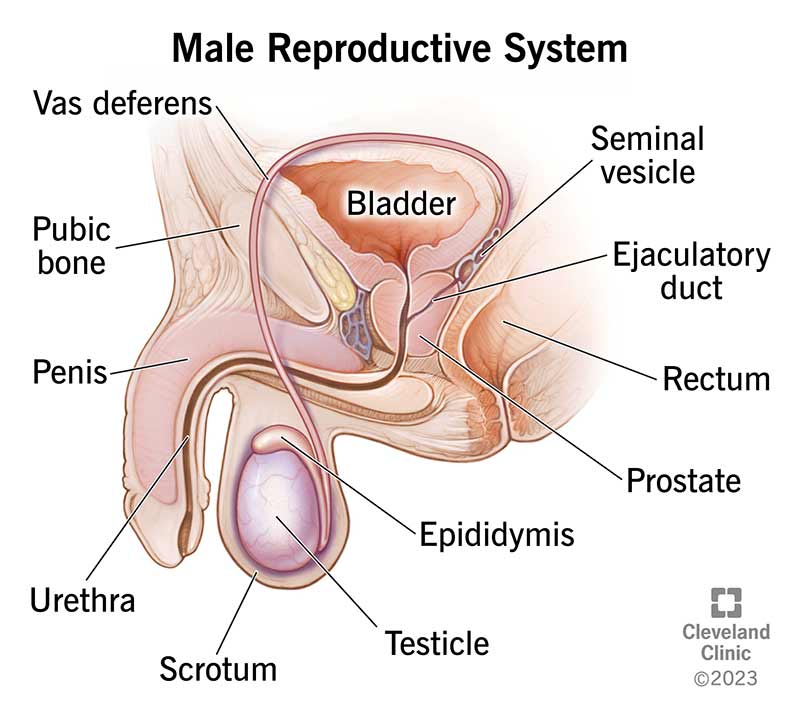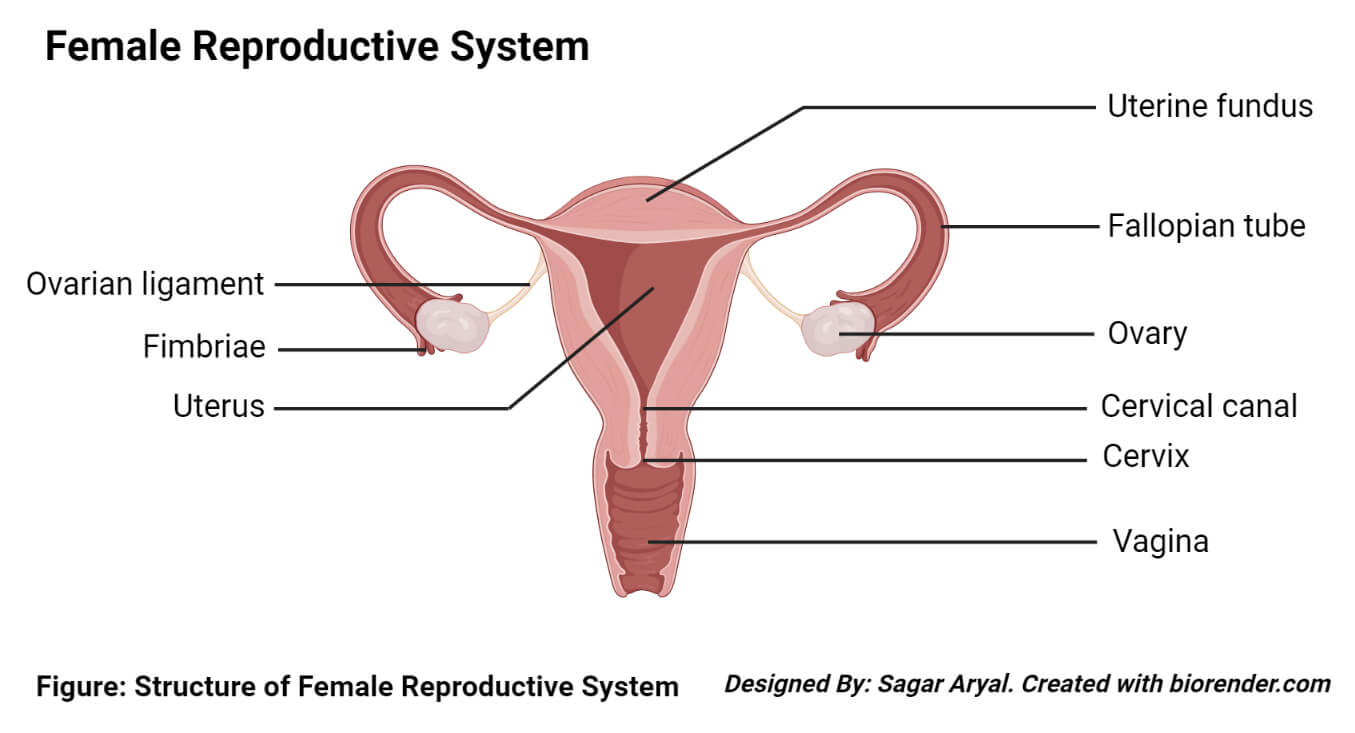The human reproductive system is a marvel of complexity, intricately designed to ensure the survival of our species through the creation of new life. It comprises two distinct systems: the male reproductive system and the female reproductive system. These systems differ significantly in structure and function, each with its unique roles in the process of reproduction. In this comprehensive article, we will explore the anatomy and functions of both the male and female reproductive systems, highlighting their differences and the critical roles they play in the perpetuation of human life.

The Male Reproductive System
Anatomy of the Male Reproductive System
The male reproductive system is primarily responsible for producing, transporting, and delivering sperm, the male reproductive cells, to fertilize the female’s egg. Key components of the male reproductive system include:
- Testes: The testes are the primary male reproductive organs, responsible for producing both sperm and testosterone, a hormone crucial for male sexual development and secondary sexual characteristics.
- Epididymis: Sperm produced in the testes mature and gain the ability to move in the epididymis, a coiled tube located on the posterior surface of each testis.
- Vas Deferens: The vas deferens is a muscular tube that transports mature sperm from the epididymis to the urethra during ejaculation.
- Seminal Vesicles, Prostate Gland, and Bulbourethral Glands: These accessory glands secrete seminal fluids that nourish and support sperm, forming semen.
- Urethra: The urethra is a duct that carries both urine and semen out of the body. It is a shared pathway for the urinary and reproductive systems but is controlled to prevent the simultaneous release of urine and semen.
- Penis: The penis is the external organ responsible for delivering sperm into the female reproductive tract during sexual intercourse.
Function of the Male Reproductive System
The male reproductive system serves the following functions:
- Spermatogenesis: The testes continually produce sperm throughout a man’s life, ensuring a constant supply of male reproductive cells.
- Hormone Production: The testes produce testosterone, which is responsible for the development of male secondary sexual characteristics, including facial and body hair, deepening of the voice, and muscle development.
- Ejaculation: During sexual arousal, the male reproductive system facilitates ejaculation, the release of semen containing sperm into the female reproductive tract.

The Female Reproductive System
Anatomy of the Female Reproductive System
The female reproductive system is designed to produce and nurture offspring. Key components of the female reproductive system include:
- Ovaries: The ovaries are the female gonads responsible for producing eggs (ova) and sex hormones like estrogen and progesterone.
- Fallopian Tubes: These tubes serve as conduits for eggs to travel from the ovaries to the uterus. Fertilization typically occurs within the fallopian tubes if sperm is present.
- Uterus: The uterus, or womb, is a muscular organ where a fertilized egg implants and develops into a fetus during pregnancy.
- Cervix: The cervix is the lower part of the uterus that connects to the vagina. It produces mucus that changes in consistency throughout the menstrual cycle to facilitate or prevent sperm passage.
- Vagina: The vagina is a muscular tube connecting the cervix to the external genitalia. It is also the birth canal through which a baby passes during childbirth.
- External Genitalia: Collectively known as the vulva, the external genitalia include the labia, clitoris, and vaginal opening.
Function of the Female Reproductive System
The female reproductive system performs the following functions:
- Ovulation: Ovaries release a mature egg during the menstrual cycle, a process known as ovulation.
- Hormone Production: The ovaries produce estrogen and progesterone, which regulate the menstrual cycle, support pregnancy, and maintain female secondary sexual characteristics.
- Fertilization: If sperm is present in the fallopian tubes during ovulation, fertilization can occur, resulting in the formation of a zygote.
- Pregnancy: When fertilization occurs, the fertilized egg travels to the uterus, where it implants and develops into a fetus during pregnancy.
- Childbirth: The uterus contracts during labor to expel the baby through the cervix and vagina during childbirth.
- Lactation: After childbirth, the female body can produce milk to nourish the newborn.
Key Differences Between Male and Female Reproductive Systems
- Primary Function: The primary function of the male reproductive system is to produce and deliver sperm, while the female reproductive system is designed for egg production, fertilization, and gestation.
- Hormones: The male system produces testosterone, whereas the female system produces estrogen and progesterone.
- Gametes: Males produce small, motile sperm, while females produce larger, non-motile eggs.
- External Anatomy: Males have external genitalia (penis and scrotum), whereas females have the vulva.
- Internal Anatomy: Females have a uterus and fallopian tubes, which males lack.
- Monthly Cycles: Females experience a monthly menstrual cycle, including menstruation, ovulation, and hormonal fluctuations, while males do not have a corresponding cycle.
Conclusion
The male and female reproductive systems are intricate and complex, each tailored to its unique functions in the process of human reproduction. While they share some similarities in terms of producing hormones and facilitating the delivery of genetic material, their structural differences reflect their distinct roles in creating and nurturing new life. Understanding these differences is not only essential for reproductive health but also provides insight into the wonders of human biology and the marvels of reproduction.



